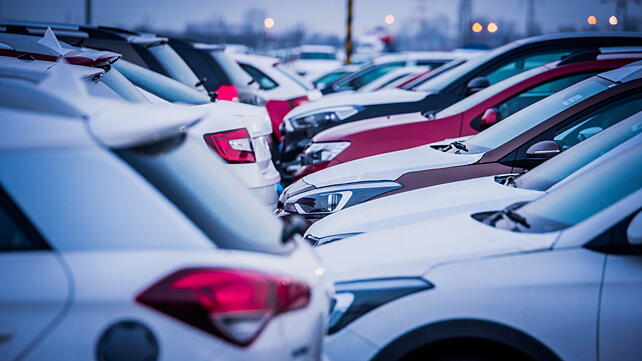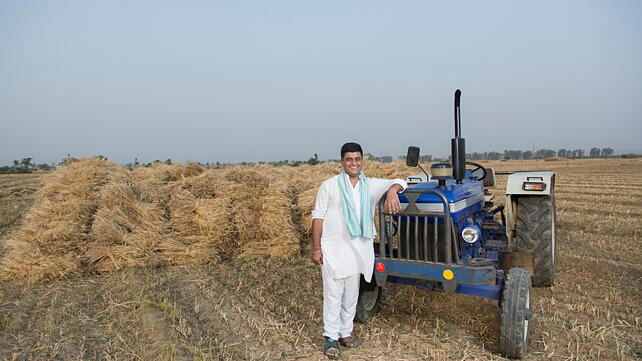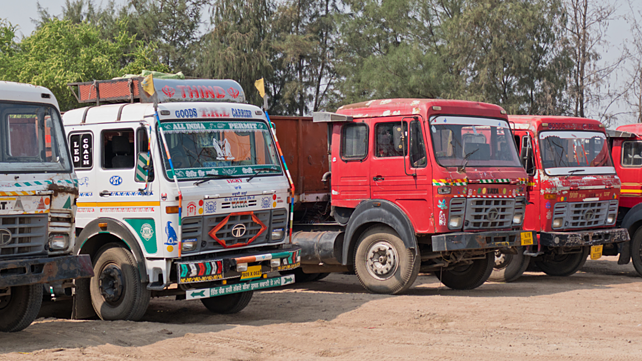
After a rocky road in April and May, Motown expects a recovery in domestic sales in June 2021 as the lockdown restrictions are easing across states in the country, and new COVID cases are on a decline.
According to Mobility Outlook channel checks, the recovery is primarily driven by the rural market and the pending orders in the passenger vehicle segment. At the same time, segments such as two-wheelers, commercial vehicles and three-wheelers continue to remain under pressure.
As per the report released by Emkay Global Financial Services, the auto sales for the month of June 2021 are likely to be higher than May 2021 but unlikely to reach normal levels due to staggered unlocking across states during the month.
In June, around 80-90% of dealerships have opened, with some dealers still open for limited hours due to restrictions still prevailing in states. “Our interactions with OEMs and dealers suggest strong demand from rural areas, though there has been a sales loss on account of the marriage season forgone in May and June of 2021,” says a leading broking house, Sharekhan.
Vinkesh Gulati, President, Federation of Automobile Dealer Associations (FADA), told Mobility Outlook, “June 2021 is better than the previous year. However, from the pre-pandemic month point of view, it will be down by 30%. In terms of enquiry level, dealers see 55-60% enquiries of the normal time. The only issue is that conversions are not delayed because of the financial burden people have gone through in the second wave. This has also increased the cancellation of bookings.”
In terms of segments, passenger vehicles and tractors are leading the road to recovery.
Passenger vehicle
The momentum in the passenger vehicle segment has been largely seen due to the rise in the need for personal mobility because of the fear of the virus. Moreover, a segment of buyers, mainly the upper-middle class who have been working from home and had no impact on their income, are buying popular models due to the rise in disposable income during the lockdown.
OEMs such as Maruti Suzuki, Tata Motors, M&M, and others continue to manufacture vehicles to reduce the rise in waiting periods for certain models across different states. Models such as the top-end Maruti Baleno and Swift, Tata Altroz and Nexon, Mahindra Thar, and Bolero have waiting periods ranging from two to ten months.
Few OEMs have reduced production targets by 10%-20% for Q1FY22, while they have maintained robust growth expectations for FY2022, aided by pent-up demand and preference for personal mobility amidst COVID-19.
Two-wheelers
As per Gulati, two-wheelers still pose a challenge when it comes to recovery as the middle-class buyers have been primarily affected by the financial downturn because of the pandemic. The growth in the segment, which is driven mainly by entry-level motorcycles and scooters, is seeing a decline because of job loss and income loss. However, improvement in the rural market is aiding some growth in the segment.
According to Sharekhan, the overall outlook for the sector remains positive. It expects the demand from rural and semi-urban areas to improve in FY22.
Structurally, the segment to remain positive in FY22, owing to a strong demand prospects post normalisation of economic activities, driven by improving personal mobility preference, increasing penetration in the rural economy, and two-wheeler being the most preferred mode of personal transportation.

Tractors
After record sales in FY22, tractor sales are expected to remain healthy, leading to a strong recovery in the rural economy. The rural economy is expected to remain healthy, aided by the government’s grounded initiatives for the agriculture and farming sector, a strong Kharif crop in the previous year, higher reservoir levels and the optimistic forecast of above-normal rains this year by IMD.
Moreover, rural cash flows have further been supported by the government’s increased outlay for MSP procurement (targeting farmers) and MGNREGS (targeting migrant labourers).
Experts say the tractor segment touched its peak in 2020, so the growth is expected to be moderate.

Commercial vehicle
Due to rising fuel prices, decreased freight rates and low economic activity, fleet operators are under continuous pressure and cannot upgrade their vehicles.
Apart from this, the financial situation is also severely affected due to rising NPAs in the segment, and financiers are now tightening the norms. “Auto financers are pulling their hands from segments like commercial vehicles. Earlier around 85% on-road price finance was done on commercial vehicles, but the situation is not similar due to rising NPAs,” Gulati said.
However, light commercial vehicles are seeing some level of recovery because of the rise in e-commerce and agriculture.
The bus and three-wheeler segments will remain under pressure due to the closure of schools, colleges, offices, and lower use of public transport.